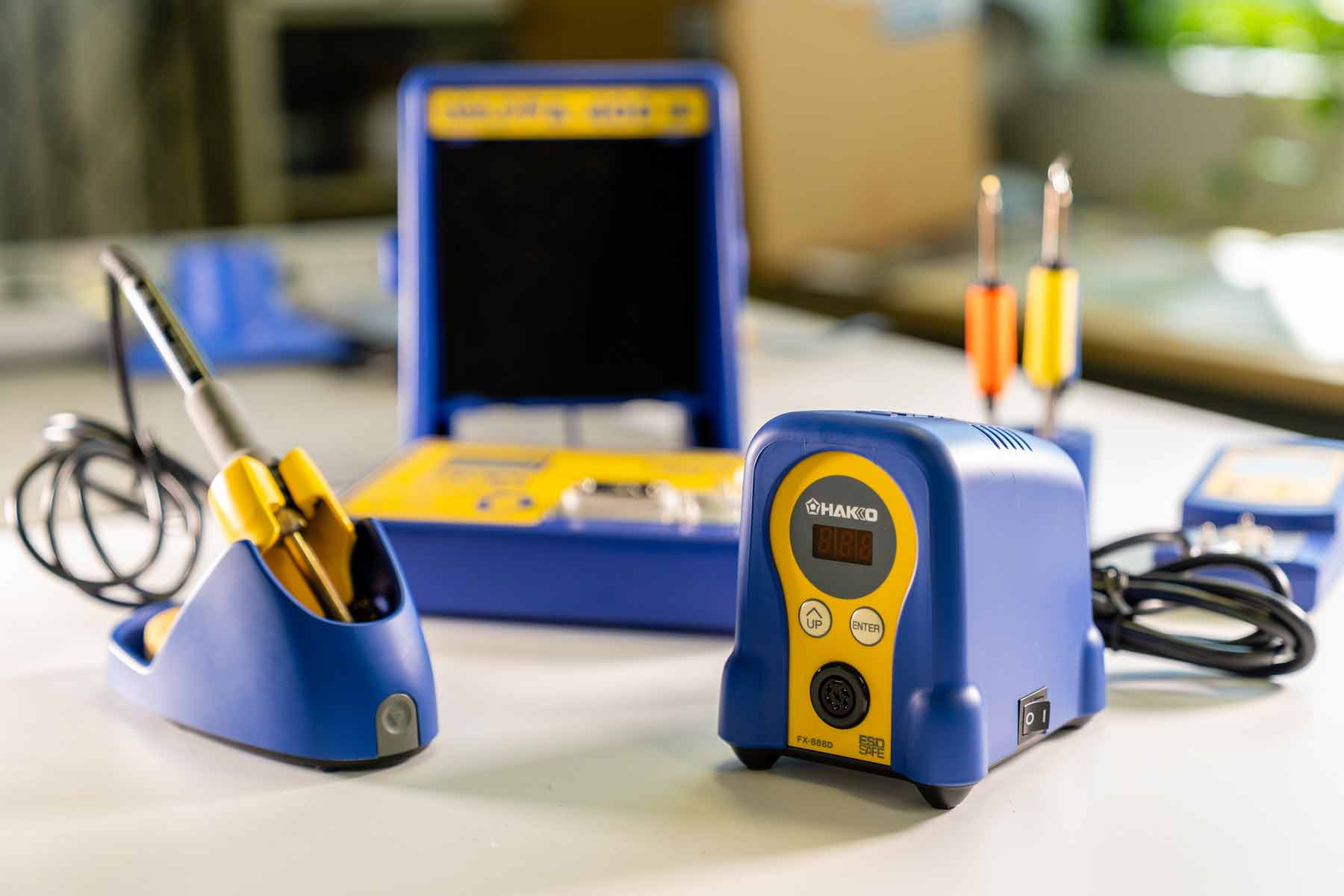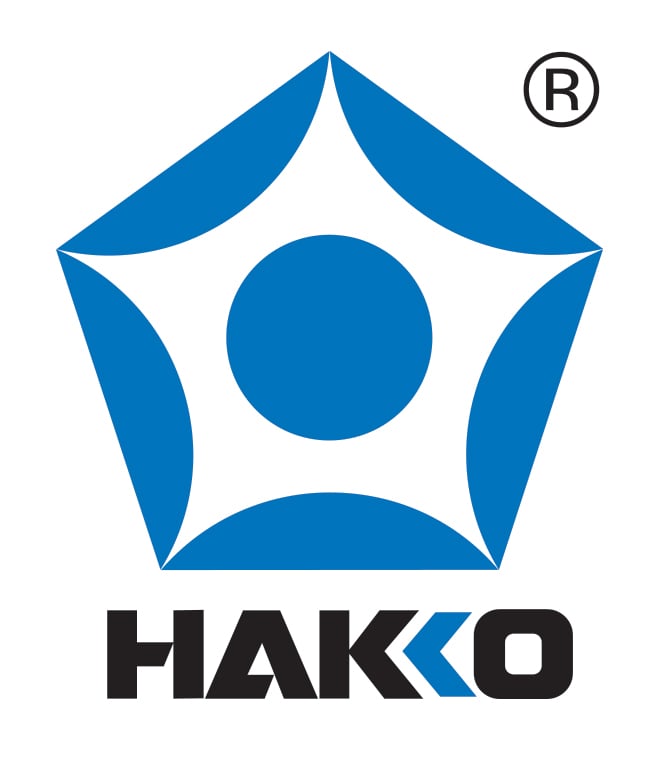We use cookies to make your experience better. To comply with the new e-Privacy directive, we need to ask for your consent to set the cookies. Learn more.
How to Validate the Performance of a Hakko Soldering Station
If you have ever used a soldering iron, you understand the importance of keeping the unit functional within factory specifications.
We at Hakko understand our clients’ needs and have curated this post to better aid in the understanding of how to validate the soldering iron’s performance.
If you find yourself facing doubts about your soldering station, we advise you to keep on reading.
Why verify a Soldering Station’s performance?
Any soldering station can be verified to be operating within its established specifications or to the current IPC J-STD-001 recommendations. It is best practice to periodically verify that the soldering iron is operating within specifications and meets or exceeds any defined tolerances for temperature stability and accuracy.
Verification would be necessary when a variance is found between the display “Reference “temperature and the actual temperature being measured, or anytime you change your soldering tip, heater, or soldering handpiece.
How do I verify My soldering station performance?
Here we will explain how to verify your soldering station’s performance.

What does it mean to calibrate my soldering station and why do we do it?
Let us first understand what the term “calibration” means.
Calibration with soldering stations is the process of certification that is typically performed to ensure that the actual temperature measured at the soldering tip is within a certain tolerance of the set temperature or “ Reference” temperature on the product. It is also a verification that the tip-to-ground potential and tip-to-ground resistance are within defined limits.
Most high-quality soldering irons are manufactured in such a way that the variations from the closed-loop temperature control and drift over time in the system’s accuracy are relatively small. Once set at the factory, the accuracy of the soldering iron temperature is very good, even in cases where the tip is replaced with a tip of a different shape.
While changing the shape of a tip has a small impact on the accuracy of tip temperatures, the changing of the heating source (heating element or cartridge) can have a more significant impact. Here is where the process of calibration becomes important.
If you feel that your soldering station’s performance is not quite up to par with what it should be, we recommend performing a calibration on your unit and making any necessary adjustments. Remember, you must do the same whenever you replace the heating element, handpiece, or change the tips.
How often should I calibrate my soldering station?
A question that comes to the mind when thinking of soldering irons and stations is how often should it be calibrated?
Hakko does not establish the frequency for this verification since it is dependent on your own process control culture as well as past results.
This process of certification is mostly done in relation to the customers’ requirements and not that of the soldering iron manufacturer’s requirements.

Do certain Hakko products not require calibration?
Some products use our HAKKO Composite Ceramic™ technology. The processor program and circuit design in these specific systems make them self-compensating for any predictable drift in component characteristics. This self-compensation is continually under the control of the microprocessor. This technology also allows for the heating element properties, tip design, and embedding process to be controlled during manufacturing at a precision level, which considers not only variations in the thermal characteristics of the tip due to surface area and mass but also minor variations in the heating element placement.
Due to the design of these products, no calibration will be required, and in most cases, the tip or nozzle being used will reach its service life before the heater would exhibit any forms of degradation or failure.
We invite you to explore our website and start shopping for quality products you can rely on!
-HakkoUSA
